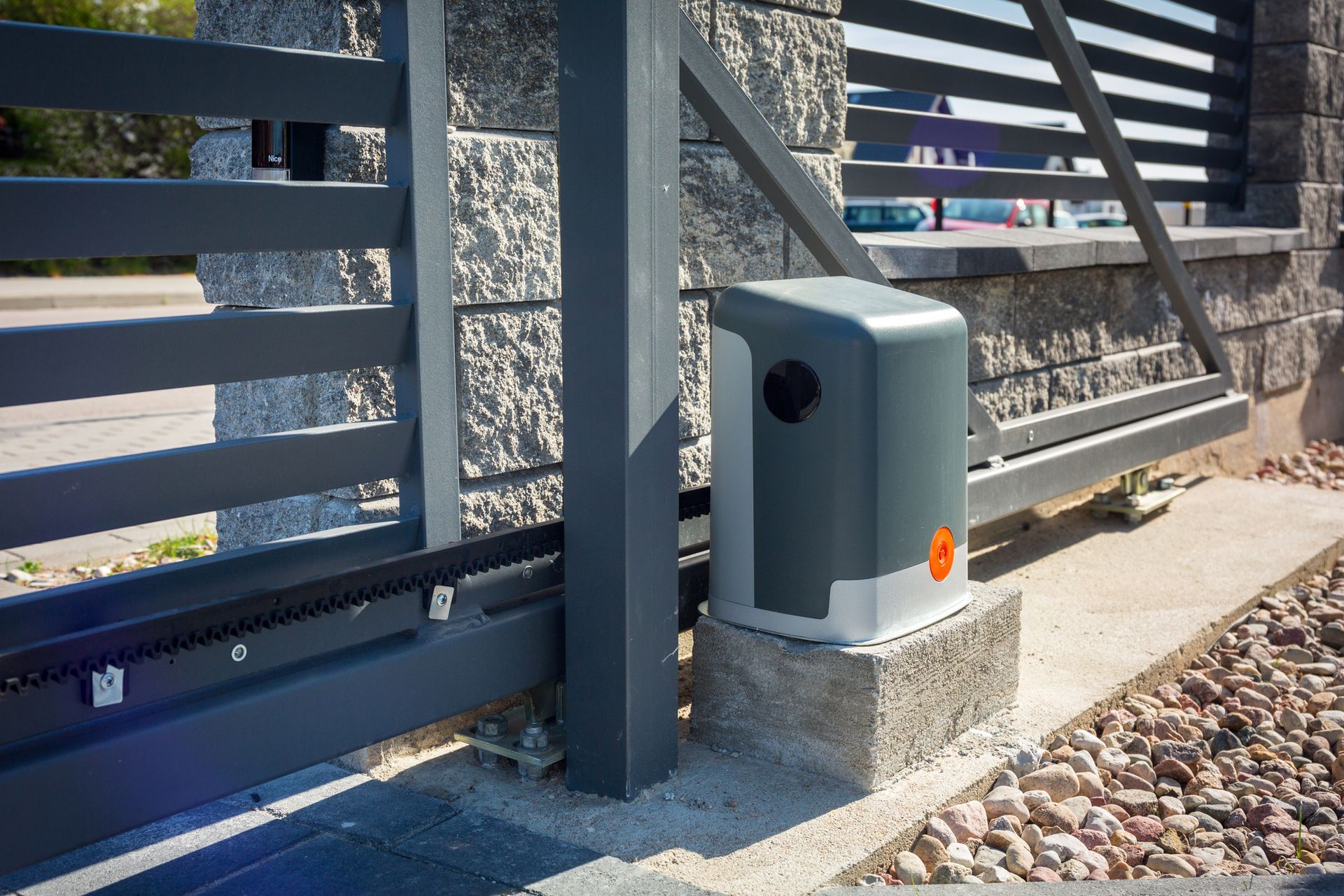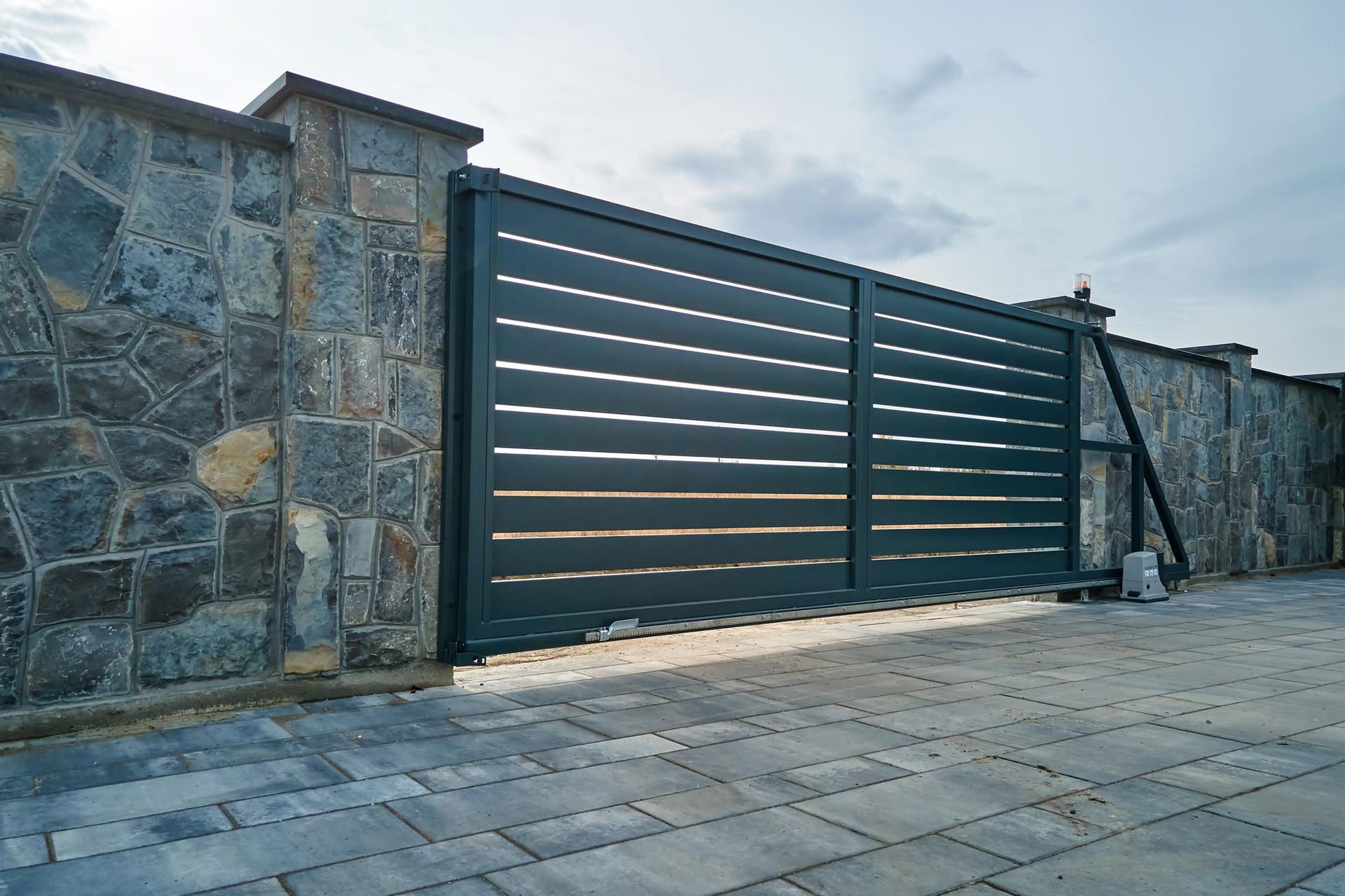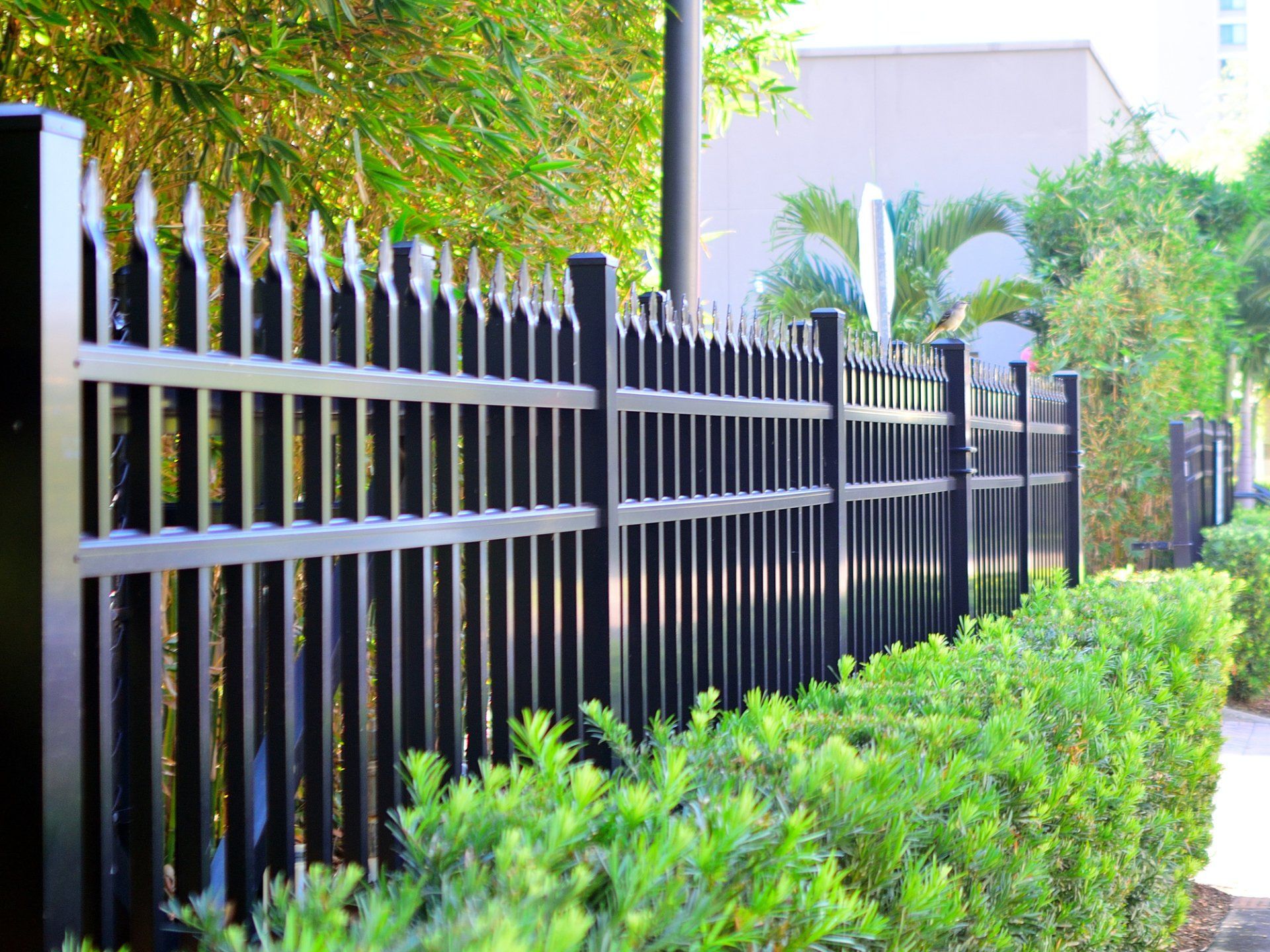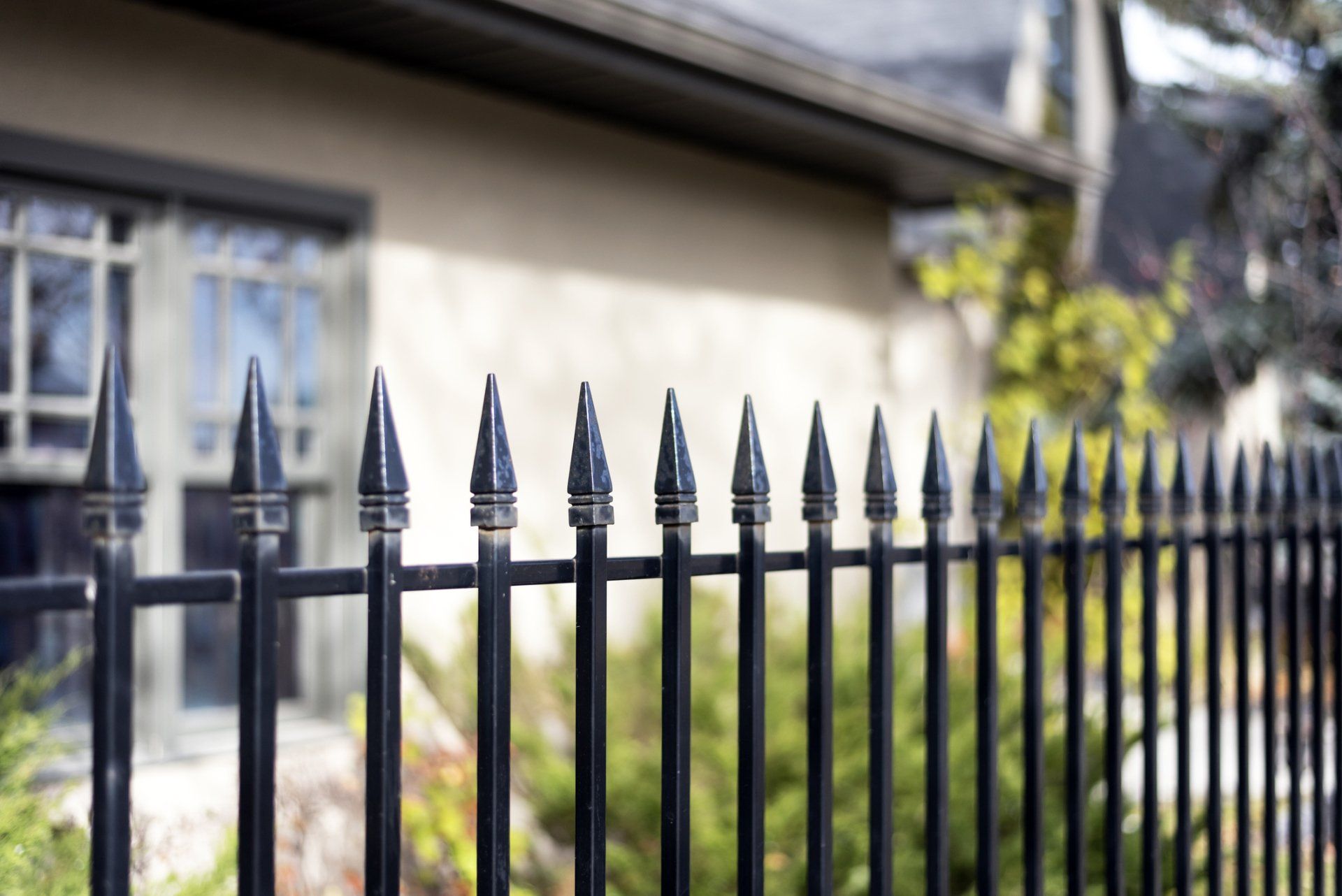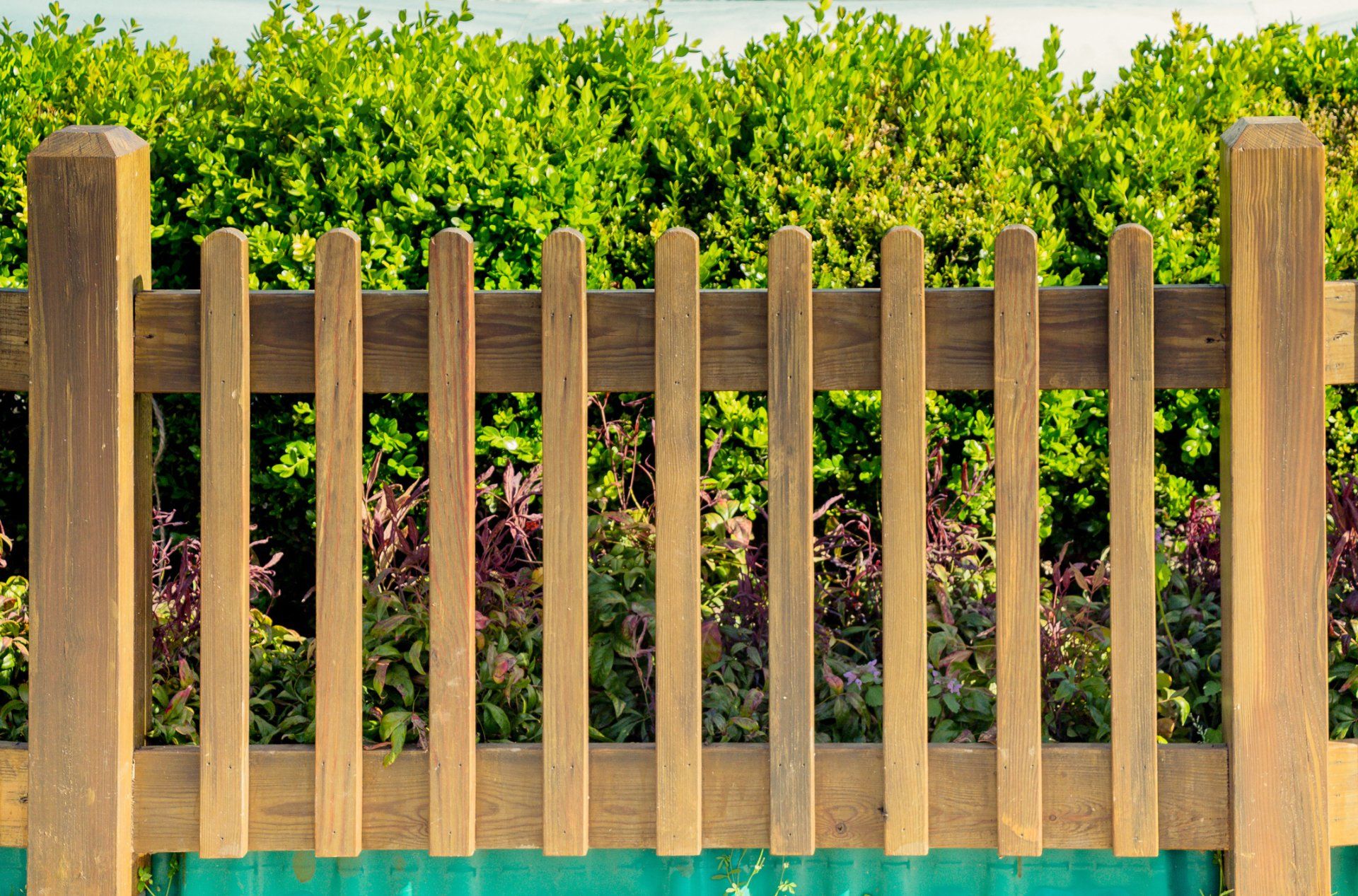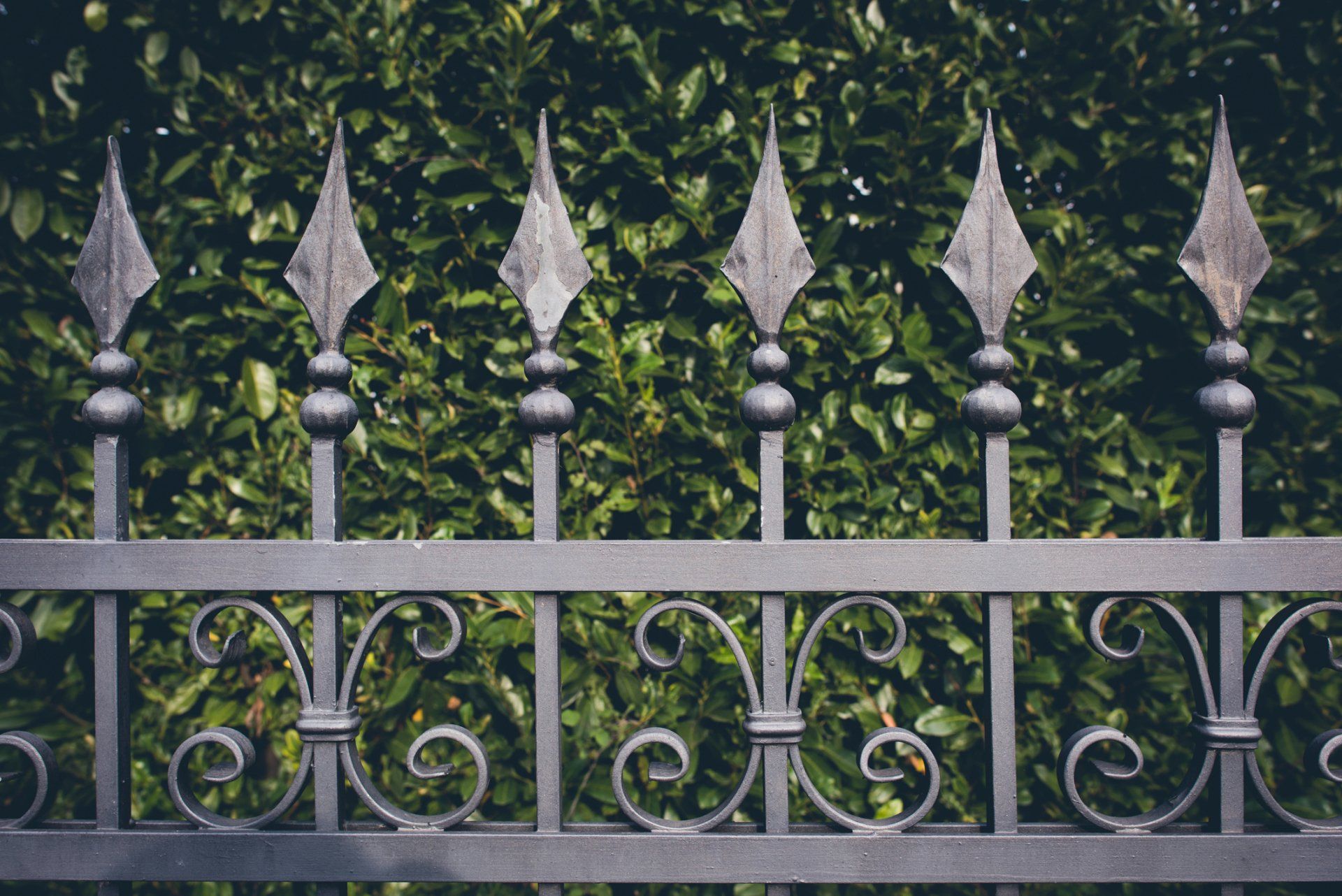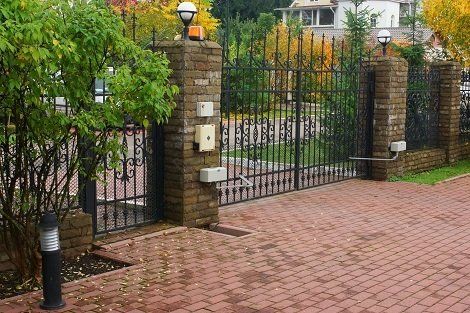How Much Do You Know About Rust?
Admin • February 20, 2019
A commonly known fact about iron fences is that they rust. Some find this rust to be a beautiful, ethereal feature of the iron - one that deserves to be honored. Others find it to be a bothersome side effect of having chosen iron. Regardless of your feelings about rust, you should know the basics about this compound, how it arises, and what you can do to minimize its appearance on your fence.
Rust Is a Form of Corrosion
Corrosion is a general term that refers to the deterioration of metals due to chemical reactions between the metal and compounds or elements in its surroundings. There are many different types of corrosion.
Pitting occurs when small holes form in the surface of the metal. Galvanic corrosion occurs when two metals are immersed in a salty liquid, causing molecules to be drawn from one metal to the other. Rust formation is yet another type of corrosion.
Rust Only Appears on Iron and Iron-Based Metals
Rust is a specific chemical substance. Its technical name is iron oxide. It appears when iron undergoes the process of oxidation, or in other words, when iron atoms lose some of their electrons to air. The chemical formula for rust is Fe2O3.
Because rust forms from iron, only iron and alloys (metal blends) that contain iron can form rust. Steel rusts because it contains iron. However, there are processes that can be done to the steel - such as dipping it into zinc - to prevent it from rusting. This zinc-dipping process is known as galvanization.
Copper does not rust, which is one reason why it makes such good wiring. Aluminum also does not rust, which makes it a good fence material for those who like the look of wrought iron but do not want to deal with rust.
Rust Appears Faster in Moist Environments
The chemical reaction between iron and air, which results in rust, occurs faster when the iron is exposed to a lot of moisture. This is why your iron fence forms rust faster in the spring and fall, when the air is moist and rainfall is more frequent. Fences placed by the seashore or along a lakefront rust very quickly, and those in desert climates rust very slowly.
Rust Treatment Can Keep an Iron Fencing Looking Nice
Controlling rust formation on a wrought iron fence or another iron item is not as difficult as you might think. Start by using a wire brush to scrub away any loose rust; paint won't stick to loose rust. Grind any rough, pitted areas with a coarse file. Then, apply a phosphoric acid spray, which will react with any remaining rust and loosen it.
Once the spray has reacted with the rust, wipe away loose flakes again, and then prime the fence with an oil-based primer. Once dry, apply an oil-based metal paint.
Black paint is traditionally used on iron fencing. It preserves its natural look, and because it prevents direct contact between the iron and the air, it prevents rusting and extends the life of the fence.
Rust Dust Can Be Somewhat Hazardous
You don't have to worry if you get some rust on your skin, but you should be cautious when you file or sand down rust on an iron fence or item. Inhaling rust can cause respiratory irritation, and rust can also irritate your eyes. Wear a face mask and goggles, if not a respirator, when working with rust dust.
Whether you love rust or see it as a nuisance, hopefully you now know a bit more about this mysteriously appearing substance. If you're ready to add a wrought iron fence to your property, contact Central California Ornamental Iron. We also offer aluminum fencing for those who desire a rust-free option.
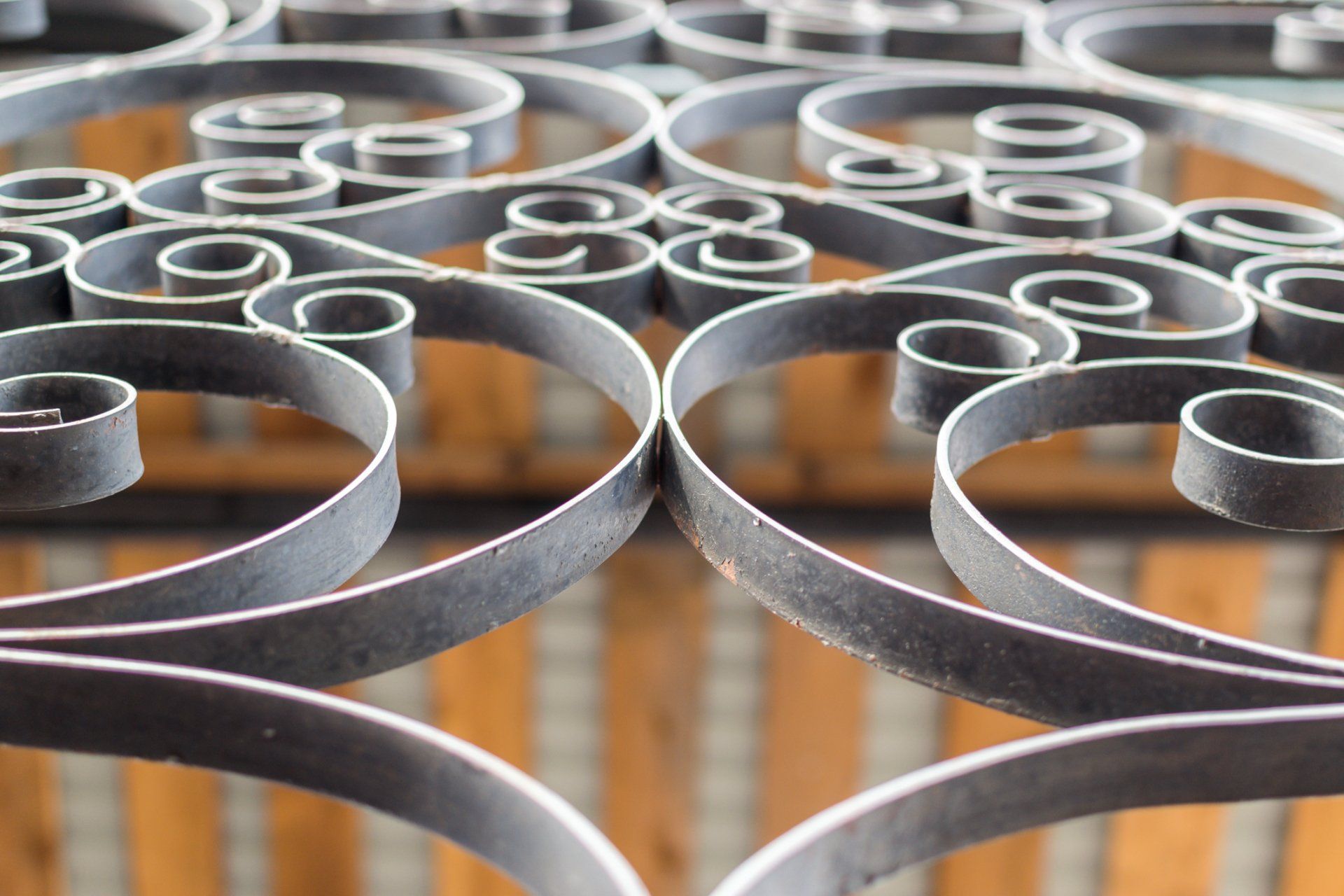
Your individual conditions determine when different types of fences serve your needs the best. There are times when wrought iron fencing may be the best choice for your needs. By learning about these situations, you can choose wrought iron fencing knowing that it is going to serve your needs better than other types of fencing would. You can learn about the situations in which wrought iron fencing would be a good fit by reading the information offered here.
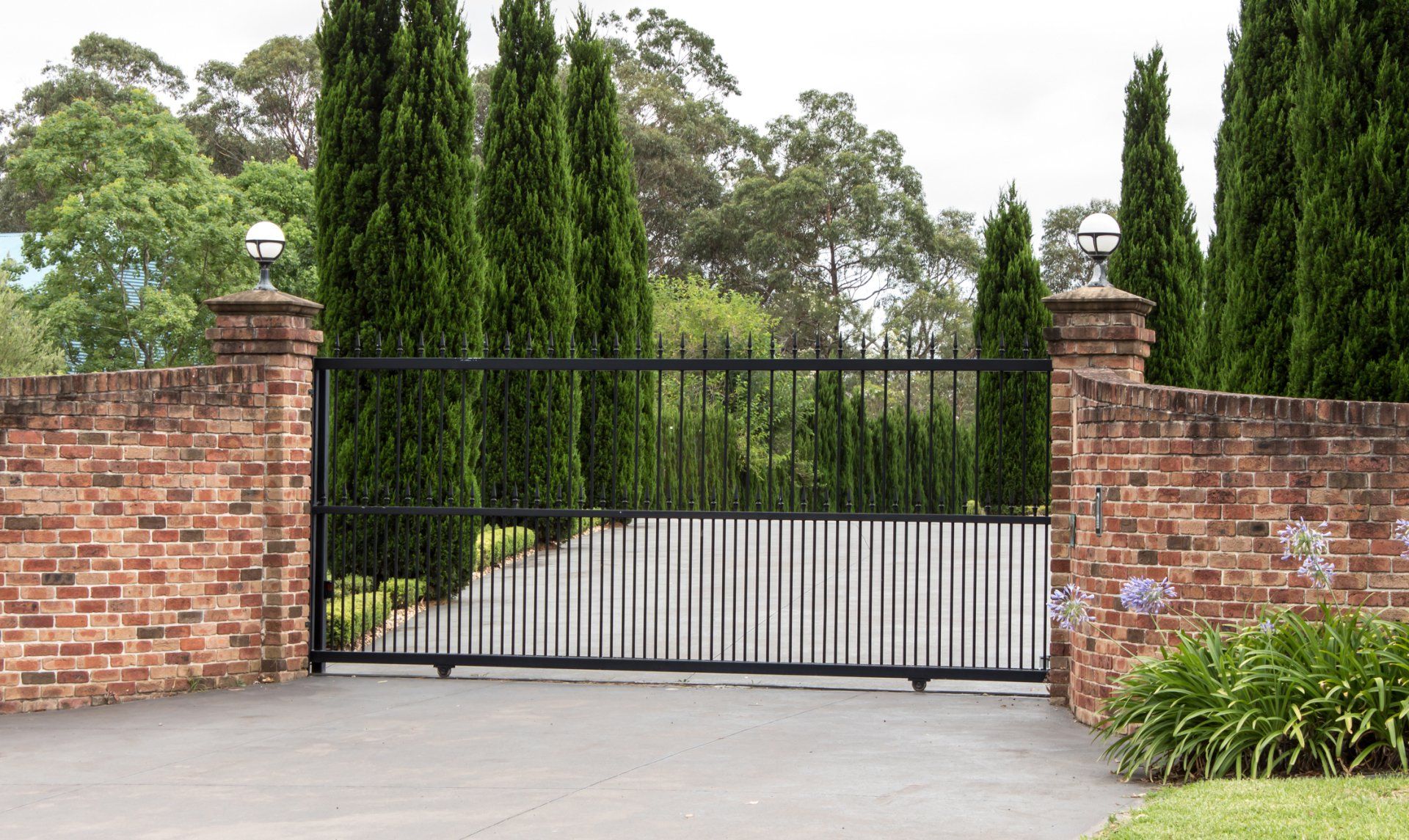
The components of an ornamental iron gate are basically the same as for any other material. Custom gates can be crafted out of aluminum, steel, or wrought iron. Any of the materials yields a unique decorative appearance. However, with ornamental iron, you have numerous customization options that ultimately result in a distinctive gate.



